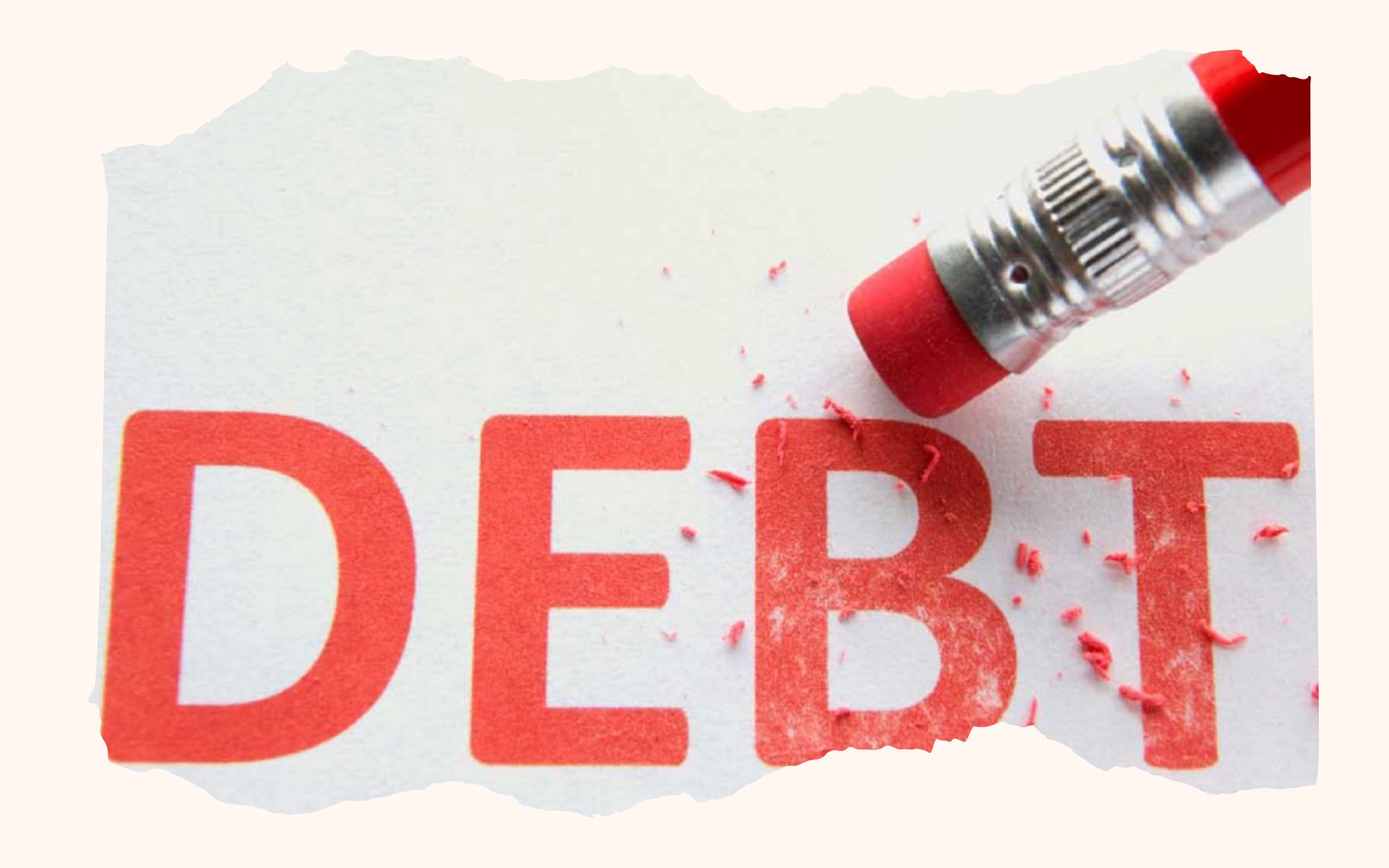Debt Buyback Program: Repayment of Rs 1.5 Trillion Public Debt
The Debt Management Office (DMO) took a major stride by executing an early retirement of Rs 500 billion of domestic debt. The amount, which was borrowed from the State Bank of Pakistan (SBP), had an original maturity scheduled in 2029.
This comes at the back of the government’s first ever public debt retirement initiative before the turn of the year. In December 2024, Ministry of Finance announced an early repayment of Rs 1 trillion of market debt.
📢 Announcement: We're on WhatsApp – Join Us There!
In a post on X (Twitter), Khurram Schehzad, Advisor to Finance Minister, reiterated on government’s proactive approach towards fiscal sustainability and disciplined governance. He emphasized on how early repayments of Rs 1.5 trillion in public debt, over a course of 6 months, would reduce refinancing risks.
This also offers further cushion for interest cost savings, funding development initiatives, and enhanced allocation towards growth-generating activities within the economy.
This buyback program led to the extension of average time to maturity (ATM) of outstanding public debt from 2.70 to 3.75 years. Moreover, this will give impetus to government’s focus on bringing down the country’s Debt-to-GDP ratio, which had jumped to 75% in 2023.
Debt-to-GDP Ratio: Historical Trends
We examine the outstanding government debt, which comprises of domestic and external obligations, as a percentage of GDP. The ratio peaked at around 75% of GDP in 2023. In September 2024, the ratio fell to a 6-year low at 65.7%, and as per official figures from State Bank of Pakistan for May 2025, it was roughly 67% of GDP.
Federal government’s total debt currently stands at approximately Rs 76 trillion. As indicated in the table below, a rising Debt-to-GDP ratio since the last financial crisis reflects predominantly on government’s struggles with repayments.
| As of June: | Total Government Debt (as % of GDP) |
|---|---|
| 2009 | 52.6% |
| 2019 | 68.8% |
| 2021 | 71.4% |
| 2022 | 68.8% |
| 2023 | 74.9% |
| 2024 | 67.5% |
For context, external debt accounted for 51% of total government debt in 2009. However, the following decade was marked by challenges related to external debt servicing. This, along with persistent budget deficit led to increased level of domestic borrowings by the government. The situation was exacerbated by continued depreciation of local currency, that further raised the external debt costs.
The share of external debt in 2023 was only 35%, dropping further to 30.5% by 2024. Such decline by no means suggests a curtailment of borrowing from external sources. Rather, it reflects on unsustainable growth in domestic borrowings to keep matters afloat.
Potential Macro-Fiscal Shocks
Understanding the combined implications of macroeconomic and fiscal shocks in the next couple of years, carries a lot of significance. On a macro front, Pakistan’s economy is still docile because of exchange rate exposure, swelling trade deficit, ineffective tax structure and political uncertainties. This creates a possibility for government to deviate from their ongoing efforts towards fiscal consolidation and disciplined financial governance.
Given such vulnerabilities, a policy shift can be fueled by multiple factors, including a need to raise government spending and increasing taxation. This will eventually lead to macro-fiscal shocks, that would soar country’s debt-to-GDP ratio.
As per last year’s reports from the finance ministry, these shocks could push the debt-to-GDP ratio above 75%. Such a scenario would also increase government’s total financing requirements, which would exceed 22% of the GDP. It is pertinent to mention that for a struggling economy, such as Pakistan, this ratio should be below 15% for sustainability.
Way Forward
Apart from continued fiscal discipline, the government also needs to focus on the utilization of debt. As per recent suggestions by Economic Policy & Business Development (EPBD) think tank, structural reforms need to be introduced to move away from financing consumption activities. Instead, the borrowings should be allocated towards growth-oriented investments.
Effective debt utilization entails expanding resources towards maximizing export potential, technological development, and manufacturing infrastructure. Such optimal utilization, backed by a reduction in policy rates, would boost private sector and reduce borrowing costs for businesses.
⚠️ This post reflects the author’s personal opinion and is for informational purposes only. It does not constitute financial advice. Investing involves risk and should be done independently. Read full disclaimer →













Leave a Reply